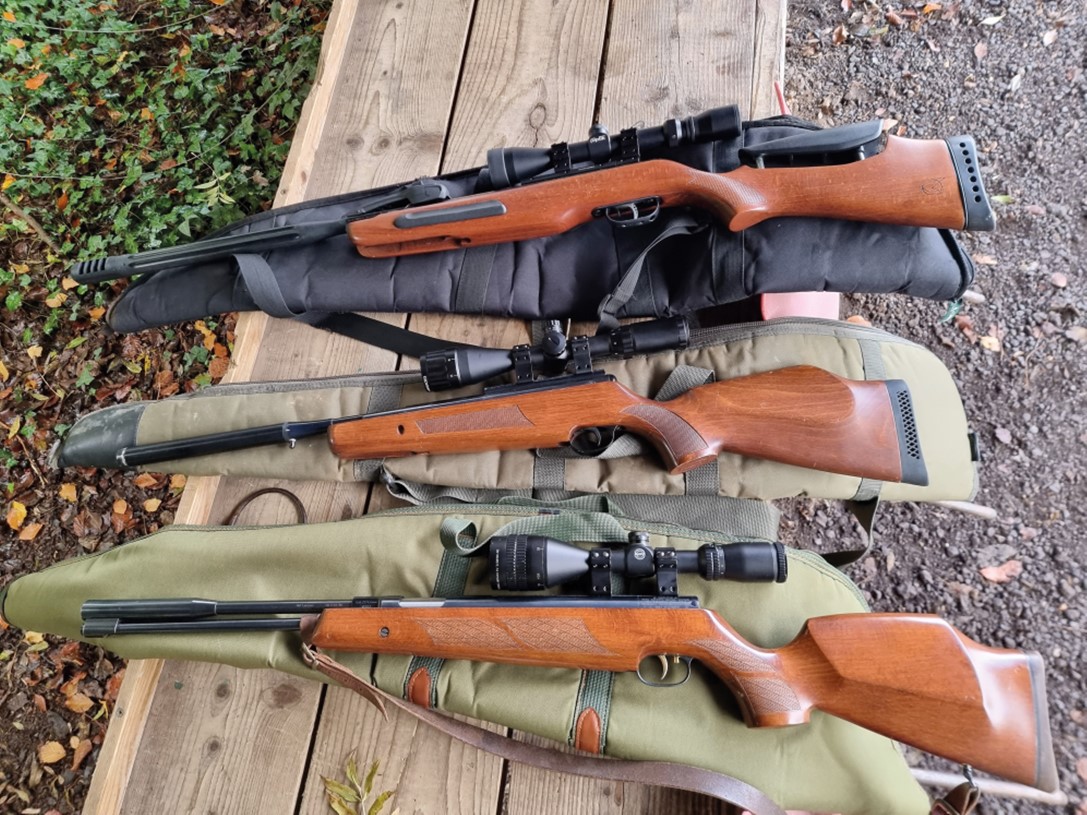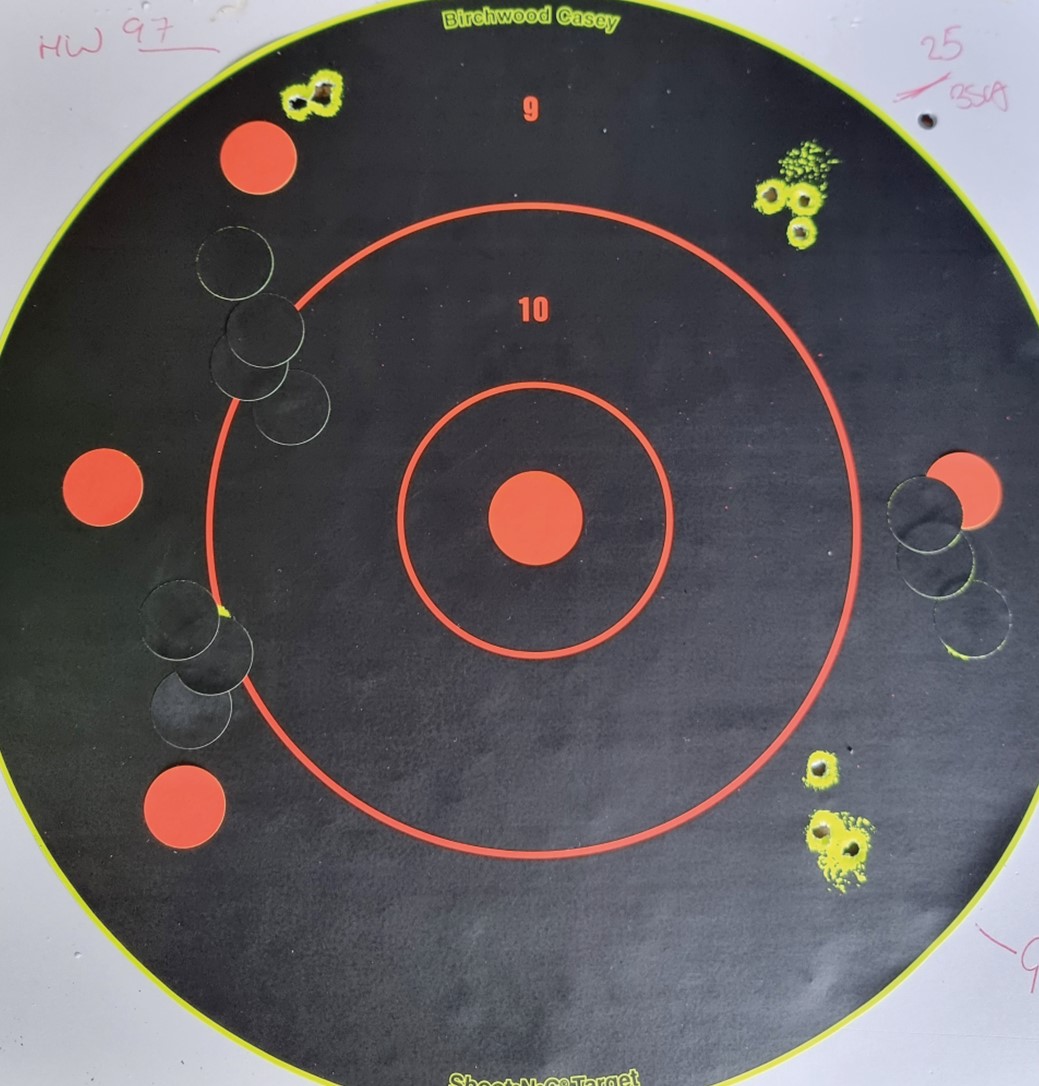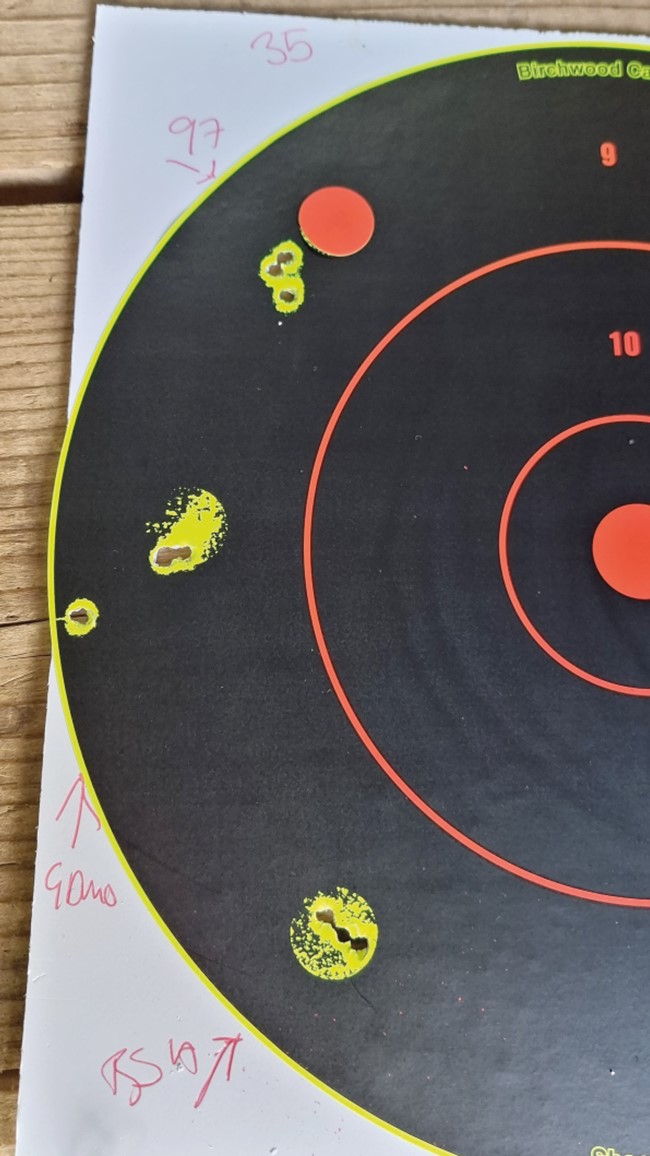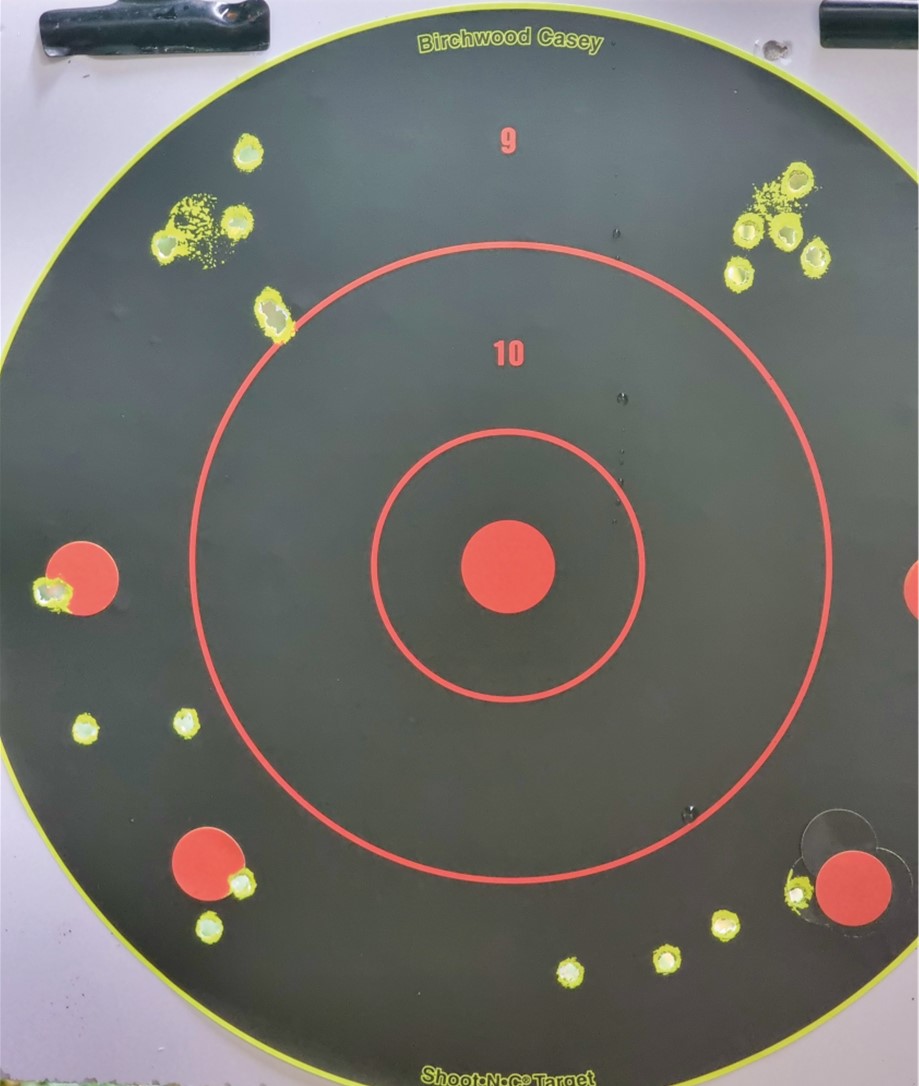SHOULD YOU BUY IT?
Only the top 10% of workers earn over £59,000 in the UK, according to the Office of National Statistics. This massive pressure to spend, spend, spend got me thinking about those parents or partners buying air rifles for their nearest and dearest, but with that gut wrench of sticking to a budget, whilst wondering whether they’re spending enough. It’s way too easy to get swept up in magazines like this hallowed beauty, and YouTube video reviews on beautiful air rifles that might make you think you should match the cost of a used 1996 Jeep Wrangler with reliability and anger issues. I know this because the awesome Steyr Pro X bullpup, plus scope, bag and charging gear would actually cost more than my angry American bucket with a love of garage workshops! I’m not knocking anyone who wants to buy one; if you can and you wish to, then you definitely should because they’re amazing – the rifle, that is, you’d have to be mad to buy the car, but I do love it!
On the flip side of that is the surprisingly positive reviews I’ve seen, both by the UBC Boys and by YouTube reviewers of the Umarex Colt M4, a modestly priced £250 springer designed surely to enjoy mainly as a replica. It has a two-stage trigger, a fully adjustable stock, slings pellets at up to 11.7-ish ft.lbs., and seems to group well, by all accounts.
 Which rifle would offer the most metres per pound?
Which rifle would offer the most metres per pound?
VALUE FOR MONEY?
So, this got my brain ticking again. I think we can all agree that even a £600 rifle should outshoot a £250 rifle, it just stands to reason, but the non-FAC legal limit in the UK is 12 ft.lbs. Whether you spend £300 or £3000, your rig cannot go above that legally without you having an FAC, and if it does, I hope you have a taste for porridge.
So, at what point do all those extra portraits of His Majesty’s best side kick in? It’s obvious that the higher end pellet chucker should come with a better trigger, better consistency, be better built and finished. In short, it should be far more advanced internally and if it’s a PCP, be almost silent and recoilless with all the dials and gauges. That all said, at what range does that start to make a difference? In the hands of a reasonable shot with as many practice shots as they want thrown in, can we put an accurate distance to target measurement on price? In real-world conditions, that would separate the high end from value rifles, is there a measurement of accurate metres, per pound invested? I felt some science approaching.
SHARED VISION
The endless eternity of late October storms washed or blew away most of my hunting plans, but did give me plenty of time to swot up on the feeding and territorial habits of small Peruvian rodents. I now knew my favourite, long suffering guinea pig and range owner, Andy, would be out grazing most probably in the mid-morning sun after rain, so off I went a-hunting for answers on Halloween morning, by coincidence.
Apparently, I’d selfishly interrupted Andy doing other things; for example, surviving a brain haemorrhage, lying in hospital, running a range and shop with his wife, Zoe, and recovering his carpentry business, whilst trying to recuperate from said haemorrhage which had struck only two months previously. Luckily for me, Andy shared my vision that whilst he is a testament to beating seriously weighted odds, thanks to the miracle of care and skill from our front-line NHS staff, science is science, and my ground-breaking endeavour for answers could wait no longer for his further recovery.
Bearing in mind that most PCPs come with the advantage of not having a particular recoil cycle to master, if you’re unfamiliar with them, I decided to discount the easy route on Andy’s behalf and instead, to try my experiment with my bargain auction find; a 20-year-old, £50 Lightning with non-branded 3-9 x 40 scope; my £250 unfettered Gamo Swarm and scope, and one of my two, top tier, favourite springers – my Weihrauch HW ‘97 fitted with a TBT drop-in kit, which would set you back about £600 all in, with an older Hawke Airmax 3-9 x 50 scope, and a Map 6 reticle.
 All delivered strongly at 25 yards.
All delivered strongly at 25 yards.
SIMPLE TEST
The test was simple. I’d have Andy the guinea pig shoot a group from all three rifles at a target at 25 yards or 22 metres, then 35 yards or 32 metres, and then at 50 yards etc., until there was a clear difference. After a quick physical test of Andy making coffee to ensure his fitness, we headed to the 70-metre lane and used the target winch and a rangefinder for accurate distance measurement.
 At 35 yards out and bar a flyer, excellent groups.
At 35 yards out and bar a flyer, excellent groups.
To speed up what was brilliant fun with a great chum at the time, but was actually also Andy shooting out to 50 yards with the three rifles around 50 or more times each, then going for three-shot groups, whilst I tried to reward him with carrots, lettuce and a run in his guinea pig ball if he did well, we completed my suspiciously simple experiment and the results were in.
Before we get in to results, just to clarify, Andy shot all three rifles off a bean bag rest, with another under the stock. Honestly, I would have shot from my hand because these were all springers, but whether or not that would make a difference to groups as opposed to accuracy on a target, the jury’s still out.
 At 50 yards, the wind, rain toil caused groupings to vanish bar the HW ‘97.
At 50 yards, the wind, rain toil caused groupings to vanish bar the HW ‘97.
THE RESULTS ARE IN
At 25 yards: All grouped comfortably under a 10p or scope cap, so a £50 auction bargain can compete comfortably with a £250 and £600 rifle around barns, for ratting, for medium range hunting or garden plinking. Good to know if you have limited funds, and maybe a rat infestation or squirrel permission with a bait station at a set distance, like Mr. Manning in some of his vids. Also good to know if you have a child who wants to try some garden plinking, but you’re not convinced is committed long term.
At 35 yards: Again, in real-world conditions, with the target plate on the winch moving in the breeze, apart from a flier from the Gamo that Andy said was him, not the rifle, all three held their own with strong groups. With practice, all three are more than capable of delivering accuracy if the shooter does their part, whether £50 or £600, so no definitive answer yet.
At 50 yards: The wind really started up, the target was swaying like a dinghy in a storm and the rain was coming in. The groups frankly went to a dog’s dinner, apart from the HW 97 that still managed to hold its own. Also, after two hours of shooting, Andy’s concentration was beginning to slip, so it was time to stop.
CONCLUSION
So, the answer to whether there is a specific distance where a high-end springer starts to out-perform rifles of less than half its price; it turns out that in this case, it’s somewhere between 35 and 50 yards, but there is no formula for a £ spent per metre of accuracy that we could find.
I think my main conclusion is two-fold; first, don’t offer friends carrots like a guinea pig – it’s probably not OK. Secondly, if you are buying an air rifle for you or anyone else, but are concerned about the amount you have to spend, don’t be. Buy what you buy, that fits your budget, and know that most airguns under 12 ft.lbs. will deliver accuracy beyond the ability of the shooter – everything else is repairable.